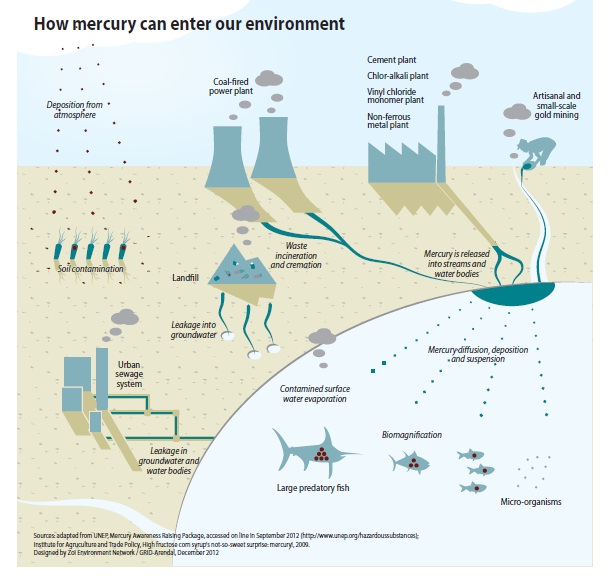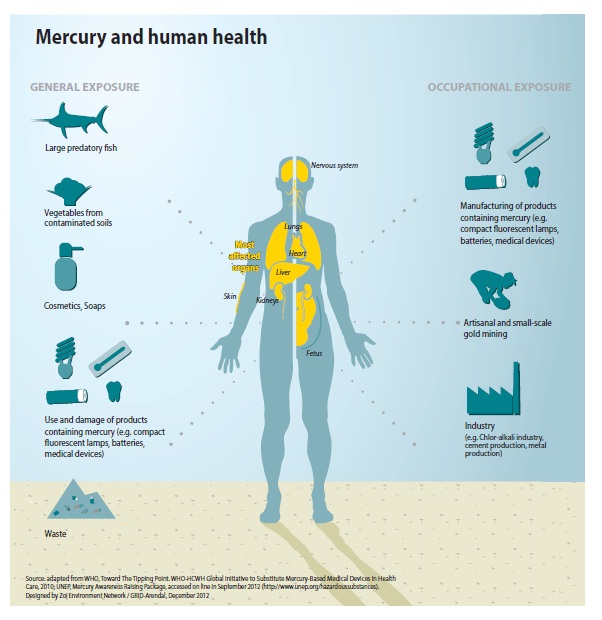Monocrotophos is an organophospate insecticide mainly used on on citrus, olives, rice, maize, sorghum, sugar cane, sugar beet, peanuts, potatoes, soya beans, vegetables, ornamentals and tobacco and cotton. This highly toxic insecticide is prohibited in many countries.

Monocrotophos has oral, dermal and inhalation toxicity. This has resulted in death due to accidental exposure and suicides. Symptoms after oral exposure includes but not limited to excessive sweating, headache, weakness, giddiness, nausea, vomiting, hypersalivation, abdominal cramps, diarrhea, blurred vision and slurred speech. Inhalation and dermal routes may not show initial symptoms.
Severe poisoning will affect the central nervous system, producing inco-ordination, slurred speech, loss of reflexes, weakness, fatigue, involuntary muscle contractions, twitching, tremors of the tongue or eyelids and eventually paralysis of the body extremities and the respiratory muscles. In severe cases there may also be involuntary defecation or urination, psychosis, irregular heart beat, unconsciousness, convulsions and coma. Ingestion of 120 mg monocrotophos can be fatal.
Many incidents in developing countries have been linked to monocrotophos. Monocrotophos has been pointed to as a cause, in the following:
Brazil, Parana State Monocrotophos caused 107 of 412 reported incidents analysed in 1990, and the toxicology centre and health clinics also noted 1,650 incidents involving monocrotophos between 1982 and 1991.
Paraguay In a region where monocrotophos is one of the most commonly used active ingredients there have been numerous cases of pesticide poisoning; monocrotophos was identified as the cause of paralysis in children in cotton-growing areas by the Ministry of Public Health and Welfare which found that 2–3 weeks of frequent exposure caused paralysis in children and acute poisoning in adults.
Egypt In a cotton growing region of Egypt the health of 14 farmers who spray was compared with a control group from the same region. Monocrotophos is widely used and 61% of those surveyed showed symptoms of chronic pesticide poisoning.
Philippines, Cordillera region Monocrotophos was one of the pesticides widely used by farmers in a survey that found all farmers suffered some adverse health effects.
Indonesia In observations of 906 spray operations of 214 farmers commonly using monocrotophos and other OPs, over a three-month period, researcher found a significant increase-from two to fiftyfold-in the symptoms of pesticide toxicity during the spraying period. Of these spray operations, 21% brought on three or more neurobehavioural and intestinal signs of poisoning.
India The 2013 incident where 23 schoolchildren in north-eastern India died from eating a contaminated school lunch is believed to have been caused by cooking oil stored in a container formerly used to store monocrotophos.
(Above quoted from Wikipedia)

Transport regulation classifies Monocrotophos pesticides under class 6.1, toxic substances, packing group II or III depending on the products’ toxicity level.
Related articles
- Forensic report confirms pesticide in midday meal (thehindu.com)
- Pesticides found in deadly school lunch in India (cnn.com)
- Poison content in midday meal was five times more than what is found in insecticides: report (pesproppt.wordpress.com)
- Pesticides banned,refused registration, and restricted use in India (pesproppt.wordpress.com)
- Poison content in midday meal was five times more than what is found in insecticides: report (thehindu.com)
- Saving The Bees: How EU’s Pesticide Ban Affects The US (blogpestcontrol.com)
- Insecticide found in fatal food samples in India (radionz.co.nz)
- India school lunch deaths: pesticide found (guardian.co.uk)
- Police: Toxic Levels of Pesticide in Kids’ Lunch (abcnews.go.com)



